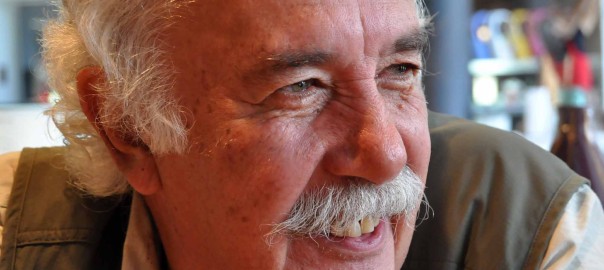On the occasion of Electric Campfire 2014 at Villa Massimo, Rome, Transnational Dialogues has interviewed artist and cultural producer Carsten Nicolai (aka Alva Noto).
"If art only becomes a way of attracting more public, then we are stepping into entertainment and I think that the artist is not in the first place an entertainer. I think there is a big misunderstanding, which is maybe triggered by the US culture where entertainment has such a strong power. But for me the artist is always the kid who does everything wrong in the first place." - Carsten Nicolai
The full interview is going to appear in the Transnational Dialogues Journal 2014, which will be presented at MAXXI Museum, Rome on 15th November 2014. More information will follow soon on this website.
[Photo: alva noto © VillaMassimo/Foto Alberto Novelli]



